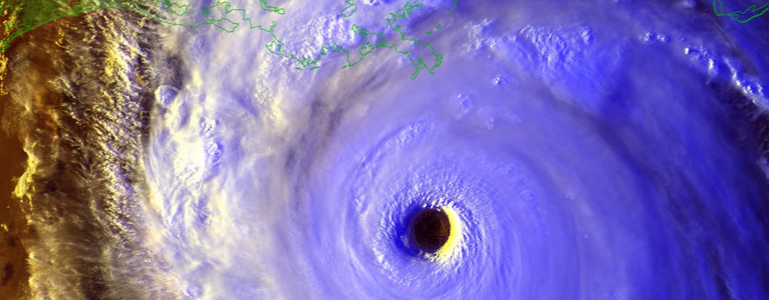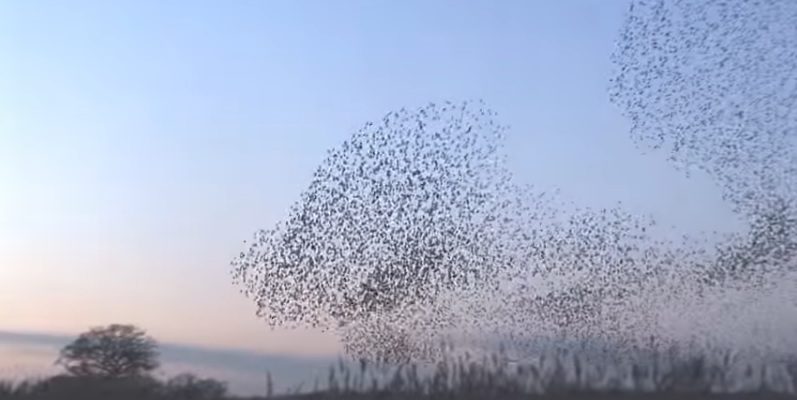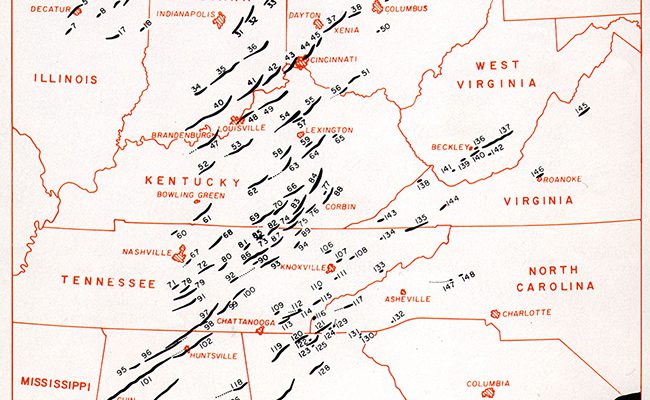Climate and Ag in the news
-

The Georgia Climate Project is putting together a list of questions that link climate and agriculture in Georgia. Below is a call for help in determining which research topics relating agriculture and climate would be most useful to agricultural producers. Please consider providing your thoughts on what topics to focus on. ———————————————————————————————————————— What challenges and…
Posted in: Climate and Ag in the news -

The first forecast for the Atlantic hurricane season for 2017 is now out. Colorado State University issued their forecast today and it shows that they are expecting a slightly below normal hurricane season in the Atlantic Ocean basin. This is due to the current neutral ENSO conditions, which are expected to transition into an El…
-

Over the last few years I’ve worked with several satsuma farmers in southern Georgia helping them with insurance information and low temperature climatologies. One grower even sent me a box of them in the mail! The Georgia Farm Bureau posted a story this week in Growing Georgia describing the increase in satsuma farming over time…
-

The Warnell School of Forestry at UGA published a story about the impacts of the current drought in northern Georgia on pine trees there. Here is an excerpt from the story describing how drought impacts the trees: “Drought stresses and weakens trees, making them more likely to be attacked by bark beetles. Under drought, trees…
-

Vegetable and Specialty Crop News posted a story earlier this week describing problems that Georgia peach farmers are having with the unusually low number of chill hours that have been observed this year due to the warm winter and spring. For the peaches that survived the mid-March frost, the lack of chill hours has led…
-

This isn’t really about the weather, but is very cool nonetheless. EarthSky has a fascinating video of flocking starlings moving together in movements of incredible grace that appear hypnotic. The movements are called a “murmuration.” The birds seem to anticipate each others’ movements, leading to waves of movement through the flock. But how do they…
-

It’s no surprise that we are seeing a lot of activity in the severe weather department this week. Historically, this has been a very active time of year across the US, and it’s the main peak of severe weather activity in the Southeast, although we have a secondary peak in fall and tornadoes can and…